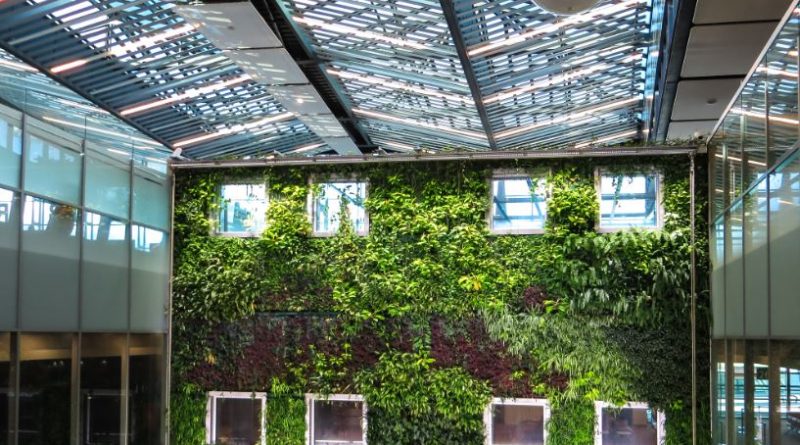Regenerative Buildings & Positive Environmental Impact
Regenerative design is a concept that was first thought of in the 1970s. It went a step further than sustainable design and proposed design that could eventually regenerate an ecosystem rather than simply mitigating and alleviating environmental impact.
Regenerative buildings are also known as living buildings because of their autonomy and independence from electrical grids and the municipal water supply. These buildings are designed to be carbon neutral. They are however, still connected to the electrical grid in order to supply it with any excess power that they produce throughout the day.
Positive Environmental Impact
The concept of a regenerative building also encompasses that of a restorative building. The function of the building is not only to mitigate environmental impact, but to also contribute positively to the environment.
Said buildings generate power independently and hence are able to provide surrounding buildings and the city wide electrical grid with excess power, thereby reducing the overall carbon footprint. They also create opportunities for urban agriculture by housing small farms atop their roofs.
Aside from these measures, regenerative buildings also recharge groundwater systems and create ecosystems for local species whose niches have been damaged or destroyed. These buildings act as havens for birds and other animals that have become uncommon or rare in the region.
Tyson Living Learning Center
Built on the Washington University in St. Louis campus, the Tyson Living Learning Center is the perfect example of a regenerative building. It was built on the site of a degraded parking lot and was redesigned keeping the welfare of the surrounding wildlife in mind.
It features a system to treat the outgoing water supply and a system to take in and chemically treat rainwater for consumption. The center runs on solar electrical power generation to achieve net zero energy.
The living spaces within the center have been optimized for natural lighting and access to the outdoors. It has one operable window per occupied space for natural ventilation and features no volatile organic compounds such as wood varnishes or finishes.




